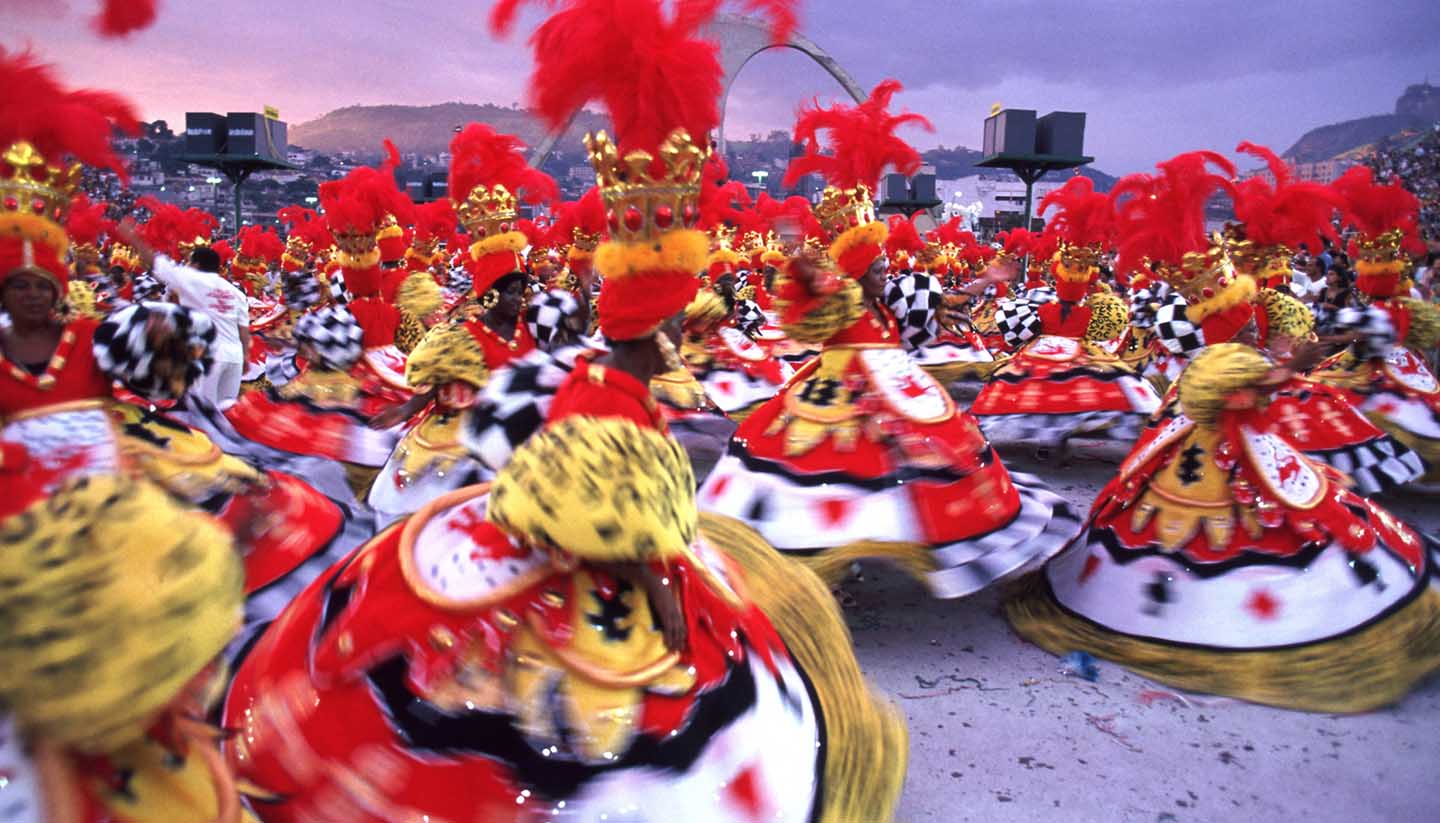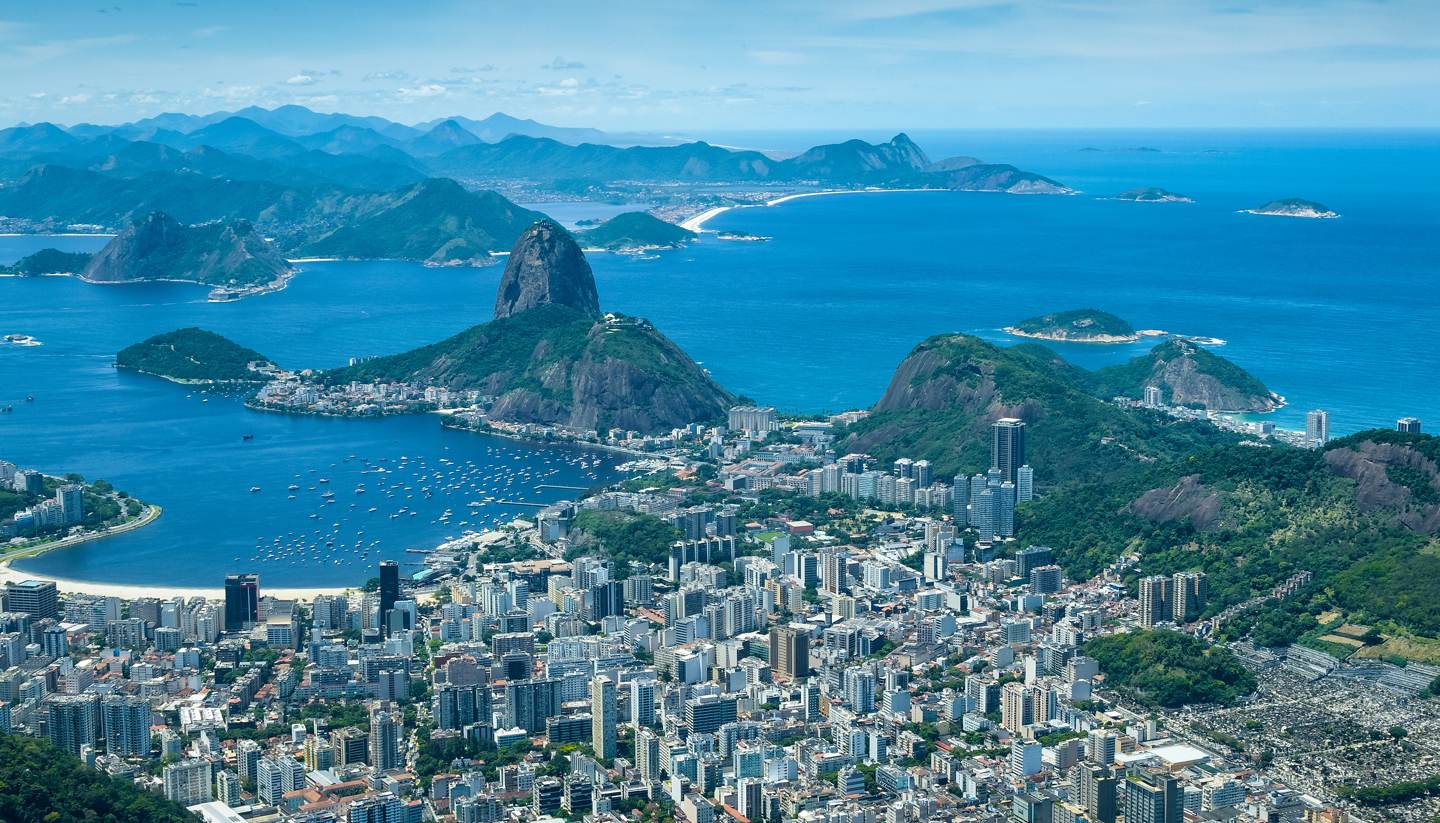Travel to Rio de Janeiro
Flying to Rio de Janeiro
British Airways operates direct flights to Rio from the UK. Airlines offering indirect options include Air France (via Paris), TAP Portugal (via Lisbon), Lufthansa (via Frankfurt) and Iberia (via Madrid). Carriers operating direct flights from the USA include TAM Linhas Aéreas and American Airlines.
Rio is a popular destination all year round, especially during the Brazilian summer (December to March). Cheaper flights can be found outside those months, but if you are planning to travel during the Christmas holiday or in February, close to carnival time, book well in advance.
Flight times
From London - 11 hours 30 minutes; New York - 10 hours; Los Angeles - 15 hours (including stopover); Toronto - 10 hours 20 minutes; Sydney - 19 hours (including stopover).
Travel by road
Brazil’s road system is extensive and diverse but driving through the world’s fifth biggest country is still a daunting task. Road conditions are adequate although signage is poor. Motorists drive fast and aggressively, including in Rio.
Traffic drives on the right and the minimum driving age is 18 years. Everyone in a car must wear a seatbelt. The speed limit on highways is 120kph (75mph) and drops to 30kph (19mph) in built-up areas.
Drivers should carry a driving licence from their country of origin at all times. Technically an authorised Portuguese translation is required, although rarely asked for. Third-party liability insurance is required by law.
Touring Club Do Brasil (tel: +55 21 3824 6700; www.touring.com.br) provides information and assistance to foreign motorists in cities and on highways as long as the driver is a member of a similar organisation in their own country.
Emergency breakdown services
Touring Club Do Brasil (tel: +55 21 3824 6700).
Routes
The BR-116 from Porto Alegre passes through Curitiba, where it picks up traffic from Foz do Iguaçu and continues on through São Paulo, all the way to Rio de Janeiro. Coastal highway BR-101 runs from Natal, through Salvador to Rio de Janeiro and beyond.
However, there is a faster inland route from Salvador on BR-116, which connects with the BR-040 from Brasilia at Belo Horizonte. The BR-116 and BR-040 lead into Rio along Avenida Brasil. The main highway continues along the coast before emerging from Túnel Novo at Copacabana. From here, the Avenida Atlântica runs alongside the beach to Ipanema and Leblon.
Coaches
International and interstate buses operate from the Terminal Rodoviária Novo Rio, Avenida Francisco Bicalho, in Santo Cristo. International services go to Asunción (Paraguay), Buenos Aires (Argentina), Montevideo (Uruguay) and Santiago (Chile).
Pluma (tel: 0800 646 0300, in Brazil only; www.pluma.com.br) serves international and national routes. Interstate buses travel to major Brazilian cities and tourist centres.
There are many service providers, including Pluma, Real Expresso (tel: +55 21 3907 3900; www.realexpresso.com.br), Auto Viação 1001 (tel: +55 21 4004 5001; www.autoviacao1001.com.br) and Expresso Brasileiro (tel: 0300 700 9000, in Brazil only; www.expressobrasileiro.com), which operate a regular service to São Paulo.
Time to city
From São Paulo - 5 hours 30 minutes; Brasília - 16 hours; Foz do Iguaçu - 18 hours; Porto Alegre - 19 hours; Salvador - 23 hours.
Travel by Rail
Services
Unfortunately, the Brazilian passenger railway system has become virtually non-existent. There is no single national rail company and most train services are for cargo. However, just before the days of crossing the country by train become a fading memory, the wheels are in motion for a new high-speed train project (TAV), which will link Rio de Janeiro with Sao Paulo and Campinas. This, though, will be many years in the making.
The few trains that do run in Rio are much slower than the buses. There is only one terminal in the city, located in the city centre area - Estação Dom Pedro II, Central do Brasil, Praça Cristiano Ottoni. Linking the inner city with the suburbs, and far from any tourist attractions, it is mainly used by work commuters. Crime here is frequent too and it is not recommended for visitors.
Transfer
Go downstairs at Estação Dom Pedro II to the Central Metro station. Take the southbound Linha 1 (Line 1) to head towards the main spots in the city. Siqueira Campos is the nearest station to Copacabana beach.
Travel by boat
The calm waters of Guanabara Bay are an inviting gateway to Rio de Janeiro, and a range of boat services is available for exploring the curving coastline. Regulating water traffic in the bay is the Companhia Docas do Rio de Janeiro, Autoridade Portuária (Rio Docks Port Authority), Rua Acre 21 (tel: +55 21 2233 2762; www.portosrio.gov.br).
Ferries, hydrofoils and catamarans depart from the Estação das Barcas, beside Praça XV de Novembro in Centro, and link Rio to Niteroi, the city across the bay. Private yachts can use the facilities of Marina da Gloria, Avenida Infante Dom Henrique (tel: +55 21 2555 2200; www.marinadagloria.com.br).
Ferry operators
There are only local ferry routes from Rio. Daily departures with CCR Barcas leave from the quays by Praça XV de Novembro to nearby islands or to Niterói (tel: 0800 721 1012, in Brazil only; www.grupoccr.com.br).
Rio is an extremely popular destination for cruise ships and many thousands of passengers disembark at the city each year. The Brazilian line Costa Cruzeiros (tel: +55 11 2123 3677; www.costacruzeiros.com.br) operates cruises around Brazil and beyond, and the city is also a popular stop for international cruise liners.
Transfer
Regular public buses run from Praça XV de Novembro to Centro, Copacabana and Ipanema. Taxis are also readily available. Downtown, Centro is a short and pleasant walk from the Estação das Barcas, though not safe after dark.



